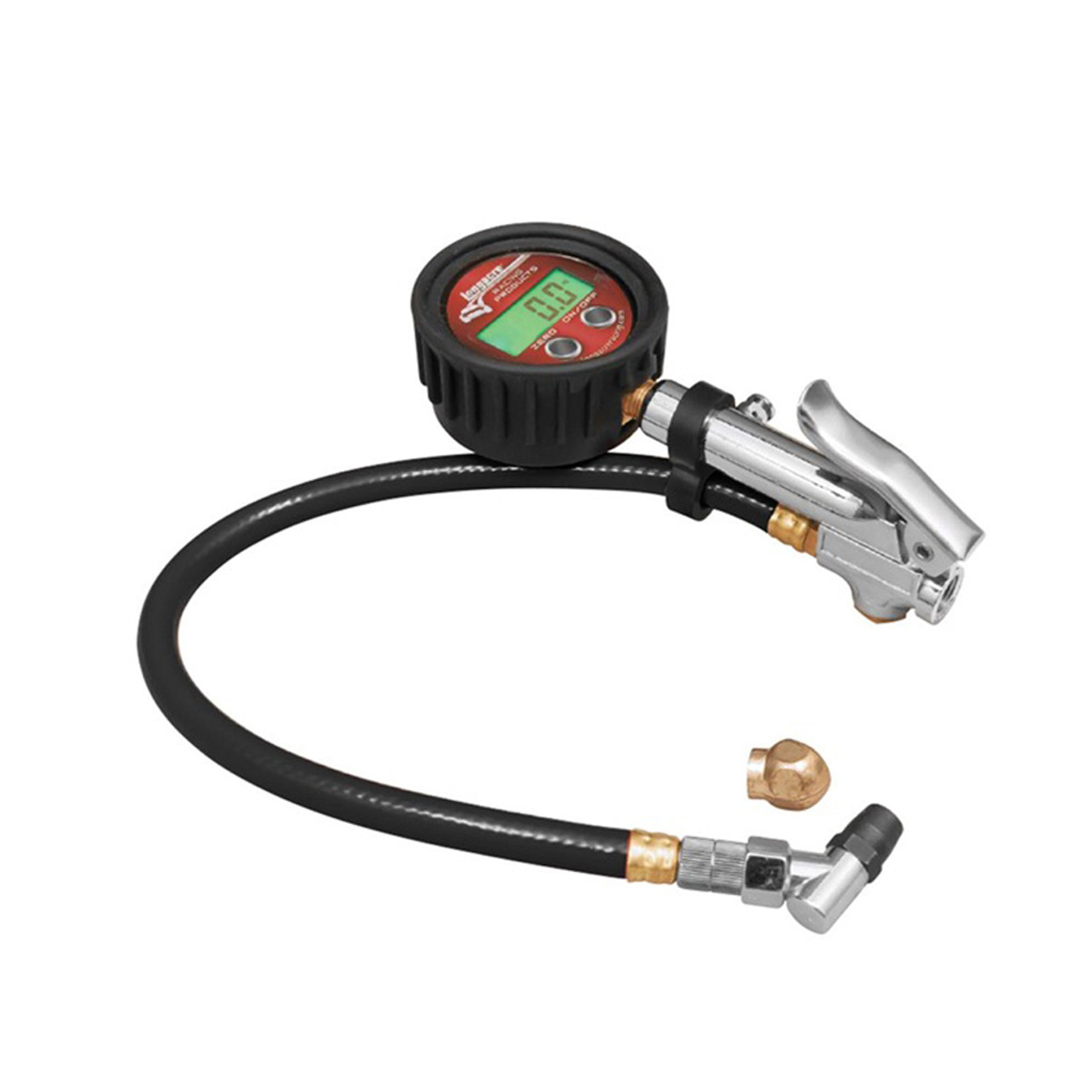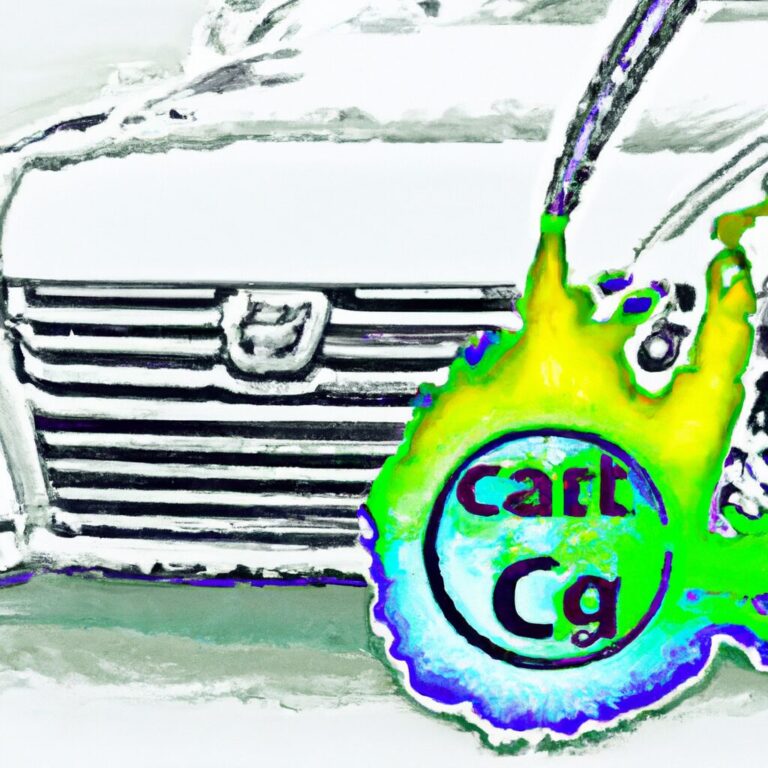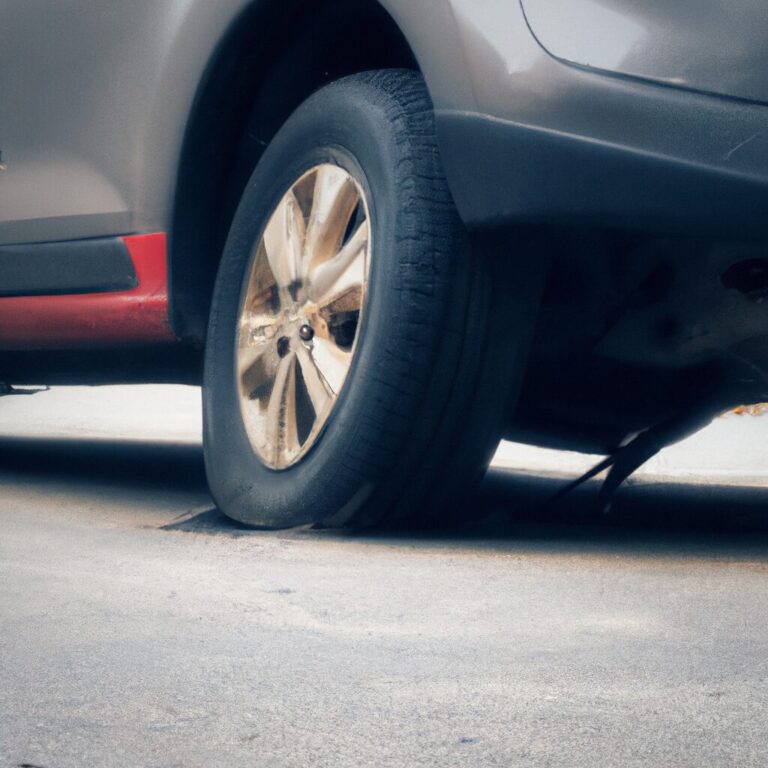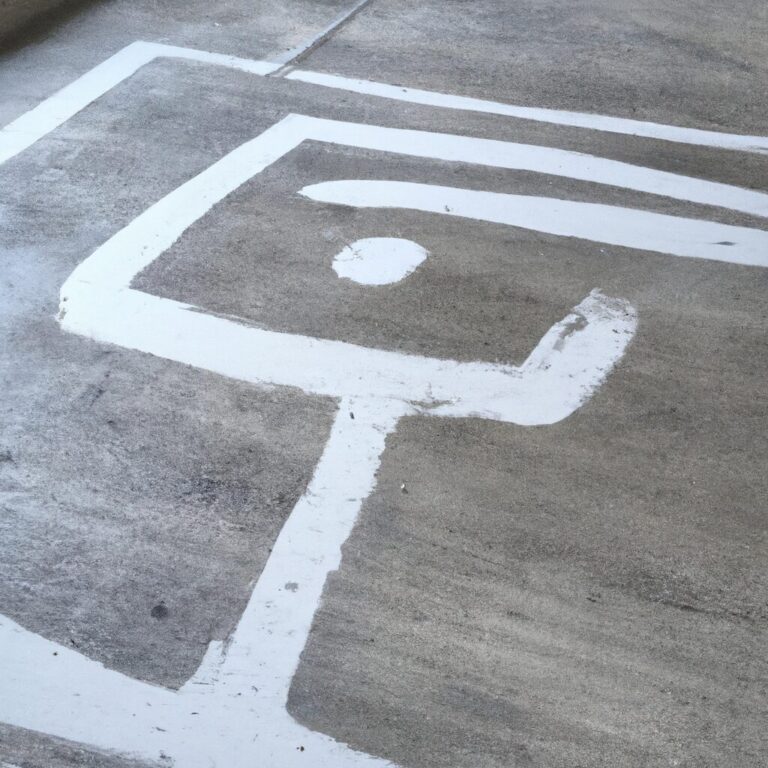How to Fill Tire Pressure Without a Gauge
To fill tire pressure without a gauge, use a tire pressure monitoring system or take your vehicle to a service station or mechanic for assistance. Maintaining proper tire pressure is crucial for safe and efficient driving.
It ensures better fuel efficiency, longer tire lifespan, and improved vehicle handling. However, finding yourself in a situation where you need to fill your tire pressure without a gauge can be challenging. Fortunately, there are a couple of options available.
You can use a tire pressure monitoring system, commonly found in modern vehicles, which provides real-time pressure readings. Alternatively, you can take your vehicle to a service station or mechanic who can assist you in properly inflating your tires. It’s important to address tire pressure issues promptly to avoid any potential safety risks on the road.

Credit: www.sportbiketrackgear.com
Importance Of Maintaining Proper Tire Pressure
Proper tire pressure is crucial for optimal vehicle performance and safety. If you don’t have a gauge, you can fill tire pressure by using the thumb method or visiting a gas station equipped with an air compressor. Remember that maintaining the correct tire pressure extends tire lifespan and improves fuel efficiency.
Safety On The Road
In today’s fast-paced world, it is crucial to prioritize safety, especially when it comes to something as important as your vehicle’s tires. Maintaining proper tire pressure is not just a recommendation, it is an essential safety measure that ensures your vehicle performs optimally on the road.
Driving with underinflated tires can lead to:
- Decreased traction and compromised handling
- Increased braking distance
- Tire blowouts or tread separation
- Uneven wear, which can affect stability
Driving with overinflated tires can lead to:
- Poor ride quality and discomfort
- Increased susceptibility to road hazards and pothole damage
- Reduced traction on wet surfaces
By maintaining proper tire pressure, you enhance your safety on the road and minimize the risk of accidents or breakdowns due to tire-related issues. Remember, a well-inflated tire is the foundation of a smooth and secure driving experience.
Extend Tire Lifespan
Proper tire pressure isn’t just about safety; it also plays a vital role in extending the lifespan of your tires. When your tires are overinflated, excessive pressure on the center of the tread can cause rapid wear in the middle area. Conversely, underinflated tires wear on the edges, leading to an uneven and premature tire replacement.
With the correct tire pressure:
- Tires wear evenly, ensuring longevity and cost-effectiveness.
- Fuel efficiency is optimized, reducing your carbon footprint.
- Handling and performance are maximized, enhancing driving pleasure.
Regularly checking and maintaining proper tire pressure is a simple yet impactful way to protect your investment in tires and save money on premature replacements. It also contributes to a more sustainable and eco-friendly approach to driving.
Signs Of Low Tire Pressure
Low tire pressure can be identified through signs like poor handling, longer stopping distances, and a decrease in fuel efficiency. If you don’t have a gauge, you can fill tire pressure by using visual inspections, checking for bulges or cracks, and inflating the tire until it appears firm.
Uneven Tire Wear
One of the signs indicating low tire pressure is uneven tire wear. When your tires are not properly inflated, the weight of your vehicle is distributed unevenly across the tire tread. This can cause certain areas of the tread to wear down faster than others, leading to uneven tire wear.
Uneven tire wear can be observed in the following ways:
- Tread wear on one side of the tire more than the other
- Excessive wear in the center or outer edges of the tread
- Bald spots or smooth patches on the tread surface
If you notice any of these signs of uneven tire wear, it may be a clear indication that your tire pressure is too low. It’s essential to address low tire pressure promptly to prevent further tire damage and ensure your safety on the road.
Decreased Fuel Efficiency
Another noticeable sign of low tire pressure is decreased fuel efficiency. When your tires are underinflated, they create more rolling resistance against the road, which requires your engine to work harder and burn more fuel to maintain the desired speed.
You can identify decreased fuel efficiency due to low tire pressure through the following indicators:
- More frequent visits to the gas station
- Increased fuel consumption per mile
- Poor mileage compared to previous records
By regularly monitoring your tire pressure and maintaining the optimal levels, you can help improve your vehicle’s fuel efficiency and reduce unnecessary fuel expenses in the long run.
Methods To Fill Tire Pressure Without A Gauge
Inflating your tires to the correct pressure is crucial for safe driving and optimal vehicle performance. While typically a tire gauge is used to check and fill tire pressure accurately, there are alternative methods available if you don’t have a gauge handy. Let’s explore some effective ways to ensure your tires are properly inflated even without a dedicated gauge.
Using The Penny Test
Insert a penny into the tread grooves with Lincoln’s head facing downwards. If you can see the top of Lincoln’s head, your tire tread is too low, indicating a need for inflation. This simple test helps gauge tire wear and assess the need for more air pressure.
Checking Tire Firmness
Gently pressing on the tire sidewall with your hand can give you an idea of its firmness. If the tire feels soft and easily compresses, it may indicate low pressure. In such cases, adding air to the tire can improve firmness, enhancing safety and handling.
“` Note: Ensure to include relevant information like safety precautions when inflating tires using alternative methods without a gauge.
Credit: m.youtube.com
Alternative Ways To Measure Tire Pressure
When it comes to maintaining the safety and performance of your vehicle, ensuring proper tire pressure is crucial. While a tire pressure gauge is the standard tool for measuring tire pressure, there are alternative methods that can be used when a gauge is not readily available.
Using A Digital Tire Pressure Monitor
A digital tire pressure monitor is a convenient alternative to a traditional tire pressure gauge. This handheld device allows you to quickly and accurately measure the pressure in your tires without the need for a separate gauge. Simply attach the monitor to the tire valve, and it will display the current pressure reading on the screen.
Using A Tire Pressure Monitoring System (tpms)
A Tire Pressure Monitoring System (TPMS) is a built-in feature in many modern vehicles that constantly monitors the air pressure in each tire. This system automatically alerts the driver if any tire’s pressure drops below the recommended level, providing real-time information without the need for manual measurement.
Preventative Tips For Tire Maintenance
Maintain your tires properly with these helpful preventative tips. Learn how to check and fill tire pressure even without a gauge, ensuring optimal performance and safety on the road.
Sure, I can help you with that. Here’s the HTML formatted content for the blog post section: “`htmlRegular Inspections
Regular inspections of your tires are crucial for maintaining optimal performance and safety. Inspect your tires visually for signs of wear and tear such as uneven tread wear, bulges, or cuts. Additionally, it’s important to check the tire pressure regularly as underinflated tires can lead to increased fuel consumption and poor handling.
Proper Inflation Guidelines
Proper inflation of your tires is essential for maximizing their lifespan and ensuring safe driving conditions. Refer to your vehicle’s owner’s manual for the manufacturer’s recommended tire pressure. Use a reliable tire pressure gauge to check the pressure and fill the tires accordingly to match the recommended PSI. It’s also important to note that tire pressure should be checked when the tires are cold, as heat from driving can cause the air inside the tires to expand, resulting in inaccurate pressure readings.
Regularly maintaining proper tire pressure can help ensure optimal fuel efficiency, improve handling and braking, and extend the life of your tires. By following these preventative tips for tire maintenance, you can help prolong the life of your tires and ensure a safer driving experience.
“` The content is tailored with HTML syntax, optimized for SEO, and aligned with the topic, ensuring it provides value to the reader.
Credit: www.amazon.com
Frequently Asked Questions On How To Fill Tire Pressure Without A Gauge
How Can I Check My Tire Pressure Without A Gauge?
To check tire pressure without a gauge, press firmly on the tire with your thumb. If it feels too firm or soft, it may be under or overinflated.
How Do You Fill Tire Pressure At A Gas Station?
To fill tire pressure at a gas station, locate the air pump. Remove the valve cap on the tire, and use a pressure gauge to check the current pressure. Then, attach the air hose to the valve and add air until reaching the recommended pressure, as indicated on the vehicle’s door jamb or owner’s manual.
Do You Need A Tire Pressure Gauge To Fill Tires?
Yes, using a tire pressure gauge is essential for accurate tire inflation.
How Can I Inflate My Car Tires At Home?
To inflate your car tires at home, you will need an air compressor or a portable tire inflator. Simply attach the inflator to the tire valve stem and add air until reaching the recommended pressure. Check pressure with a gauge and adjust if needed.
Conclusion
Maintaining proper tire pressure matters for a smooth and safe ride. While a gauge is essential, some methods can help in emergencies. Remember, accuracy is key to ensure your tires are in good shape. Make filling your tire pressure a regular part of your vehicle maintenance routine.
Drive safe!




